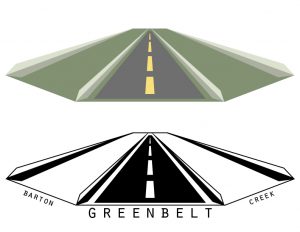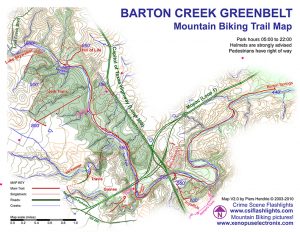GDES 3304 Mid-Term Assessment
For my expert hours at the beginning of the semester, I said I was around 4500 and wanted to gain around 100 more by mid-semester. I certainly spent many hours learning new methods in After Effects (after spending hours doing something the long way). Additionally, I used several hours to iterate the graphics that I created for the animation in Illustrator before and during I worked with keyframes in After Effects. I would definitely say that my hours are enough.
I think that my definition of sophisticated work is still the same, but I think that this weather project made me work harder at a more sophisticated end product. This included making sure that each element of the animation is cohesive. Specifically, I had to pay much more attention to making sure that the style of of animations that I used for the elements on screen were consistent and harmonized.
Coming into the semester, I already had experience with creating graphics in Illustrator, such as the symbol and maps projects from GDES I. This made the process of creating icons and text for the weather report a quicker process, and in fact the quickest process of the project. I also had some experience with After Effects through the Interface App assignment in Image Methodology. However, the knowledge I had was very basic, so I grew much more comfortable with the application after using it extensively for this weather report project. Additionally, I was able to use the LATCH technique to work around the problems of keeping elements on the screen at the same time while making their movements cohesive and not cluttered. This I think can even be useful for static graphics and layouts outside of animations; how to be aware of space between objects and the hierarchy of how the eye perceives them.
I think that I’m still curious about how I could make the animation more appealing if I used different LATCH methods, or if I went about it in the most effective way. There was a conversation last class about what the best order of LATCH structures would be for these animations. I suppose I’m most curious to know if there would have been a better way to rearrange the structures that I came up with.
I think that as far as value goes, this project is the most valuable. In comparison to the maps that I did in GDES I, I was able to take what I learned on making sophisticated icons and put that knowledge to use to make effective weather icons and other related graphics for the animation. After years of iterating various symbols and icons, I’ve become very comfortable with using them. In comparison to the Interface App project in Image Methodology, this assignment is much more fluid and polished as an animation. I have had more time to understand how After Effects works. I can now easily dictate to the program what I want to happen, rather than letting the program dictate what I can do because I didn’t previously know enough about it. Overall, this weather report assignment is a culmination of learning experiences that is thus far the most valuable to me because of how much I learned from it.
Lastly, I would say that my own work and self-growth has contributed at most 40% toward the overall growth and creativity of my project within class. I tend to use my life’s experiences to influence how I might resolve a problem I come across, or as a starting point for what direction I want to take a project. I would say that quite a bit of feedback from my peers during class, my friends, and my family has contributed toward the other 60% (and below is a visual representation of such). I use their critiques and outsider perspectives to think differently about whether or not the things I make are coming across to other viewers the way that I want them to. And if not, I am able to discuss with other people how to make it more clear, and highly value their opinions.

Visual Identity: Mark
The mark project required me to make a logo for the public space that I had researched, and be able to represent a preexisting or new idea about the space through the mark. The final mark that I ended up with for this project is a reflection of my impression of the Greenbelt through the lens of both able-bodied individuals and those who have trouble traversing such difficult terrain as what the Greenbelt offered in many places. I sought to create a mark that could signal a change in this challenge. This mark represents a (hypothetically) improved Barton Creek Greenbelt with accessible trail options for people who don’t want to, or physically cannot, tackle more natural terrain. It puts inaccessible and accessible trail options on equal, shared ground and becomes an invitation for everyone to visit the Greenbelt. When integrated as a system, the objects within the mark (in this instance, the trail) can be replaced with other objects to represent other landmarks of the Greenbelt trail, such as side paths that lead to the water, or trails that lead one back out to the main road/entrance.
- Creek Access
- Main Road/Access Point
- Smooth Terrain
Process Work/Research
For this assignment, I chose to study the Barton Creek Greenbelt in Austin. One of the five methods for collecting research on a public space in Austin was to collect existing maps of the space, and then create a unique map of my own to represent a new idea, or update a previous one. When I visited the Greenbelt, I went with my family. I thought it would be a great way to spend the day in fantastic weather while getting homework done at the same time. It quickly struck me that although I, and other able-bodied individuals, enjoyed what the Greenbelt had to offer, my sister, who is wheelchair-bound, could not. I chose to make a map that highlighted which parts of the trail that I covered would be accessible and which parts wouldn’t be. I divided the Greenbelt’s terrain into three categories for feasibility of access: easy, difficult, and nearly impossible. Then I proceeded to assign these categories to the main trails that I walked over throughout my several visits to the trail, and added in other landmarks to the map for readability. 
- Official Map
- Minimalist Map
- Access Points
- Mountain Biking Trails







